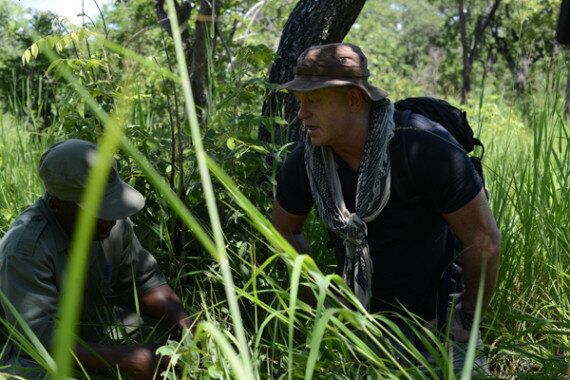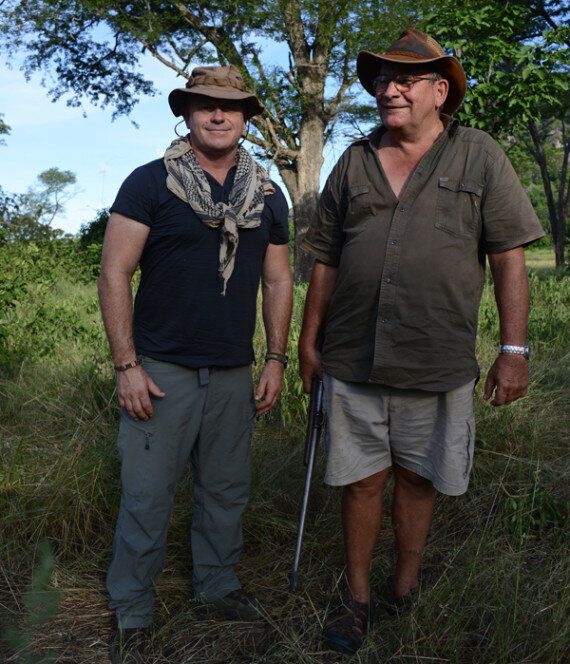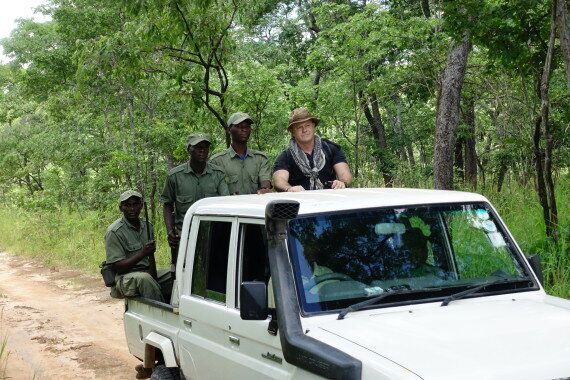This week the 17th meeting of the Conference of the Parties to CITES, the Convention on International Trade in Endangered Species of Wild Fauna and Flora, will begin in Johannesburg, South Africa (24th September to 5th October). High on the agenda this year will be the alarming decrease in the number of African elephants, which is due to the rise of ivory poaching and threatens to wipe out the species entirely over the next decade. With poaching at such high levels, the conference will be a critical game-changer in rescuing what is left of the savannah elephants.
The recent results from the Great Elephant Census has identified that 30% of Africa's elephants have disappeared in the last seven years. At the current rate of decline, half the continent's remaining elephants will have vanished in just nine years.

The survey identified that some of the worst effected areas are Tanzania, Angola, Cameroon and Mozambique. This year my team and I decided to travel to Mozambique to investigate the violent and corrupt world of elephant poaching and examine what appeared to be the inadequate official governmental response to the crisis.
Mozambique is one of the world's poorest countries and is still reeling from the legacy of 16 years of civil war. The country is on the front line of a new conflict, however: the possible extinction of beautiful elephants owing to widespread poaching.

In the northern town of Pemba, for example, we discovered that just by asking the right questions it was very easy to purchase large quantities of ivory. After going undercover, I was surprised to find out that the trader we met could immediately offer us an astonishing amount of ivory that day: up to 100 kilograms.
We also found that, over the last 10 years, trafficking ivory has become far more organised. Criminal gangs have now begun taking over the trade, drawn by the vast profits to be made particularly in the South East Asian market where ivory is seen as a status symbol.
It is a startling realisation but - with the increasing demand for ivory in China and the Far East coupled with poor governance and corruption in Mozambique - if the Poachers maintain their killing rate their will be no more elephants in Mozambique in five years' time.

Nonetheless, we met local people who approved of the killing trade: many blamed the elephants as the cause of their suffering, as they would often trample their fields destroying their crops and leaving their families hungry. We were shocked to discover how this worked, with the local government providing civilians with a gun to shoot the elephants, then collecting the ivory and meat, took back the gun and left. With the high levels of poverty and the extensive belief that elephants are "vermin" it is easy to comprehend how criminal organisations can exploit the local population into poaching elephants, not to mention the vast profits to be made.
For the first time in a very long time we are now armed with concrete evidence behind the threat of elephant extinction. We can only hope that CITES and the African countries affected find and determine a feasible and sustainable strategy going forward to safeguard such a spectacular species.
Ross Kemp Extreme World continues Wednesday at 9pm on Sky1 and NOW TV
